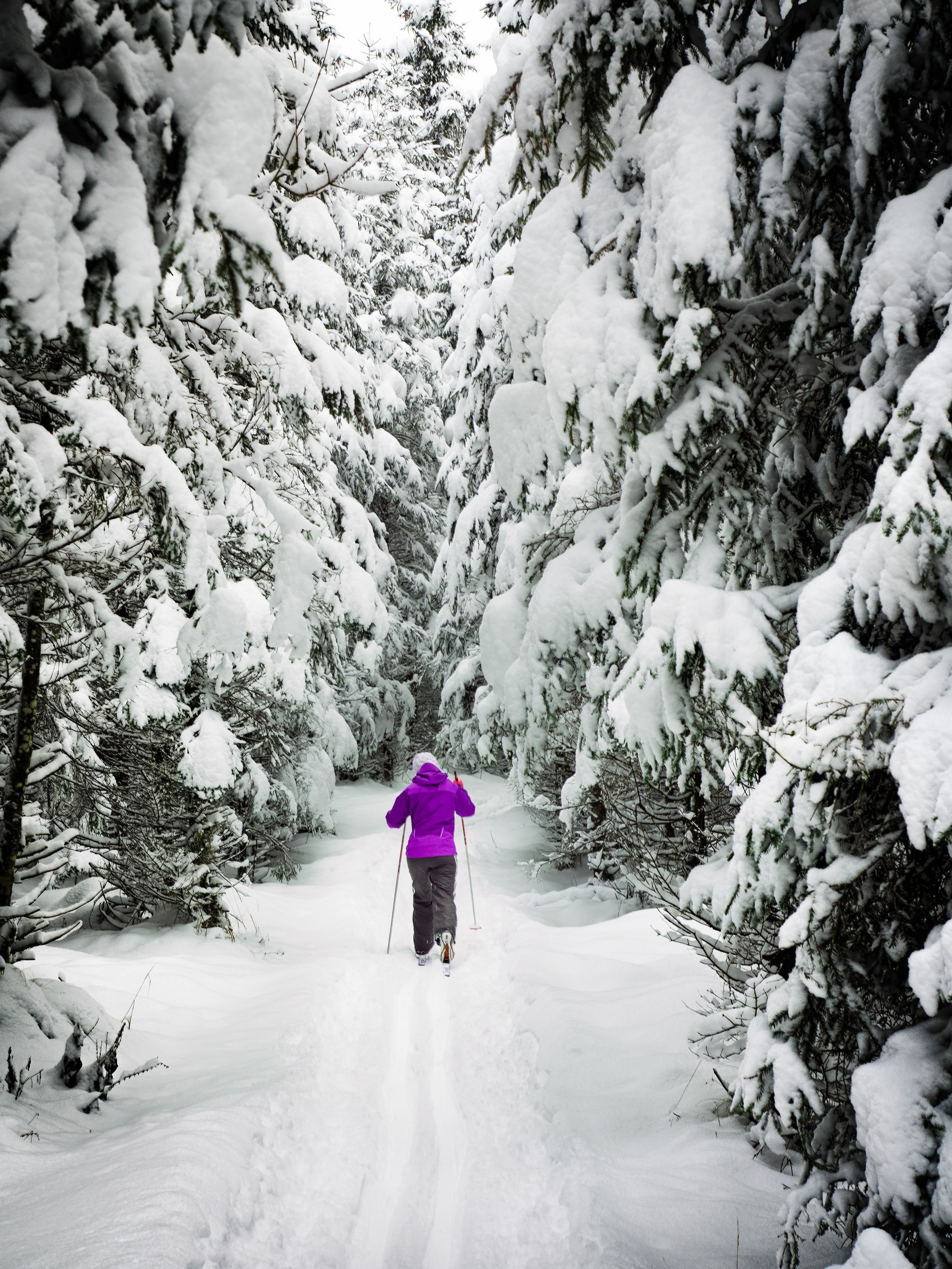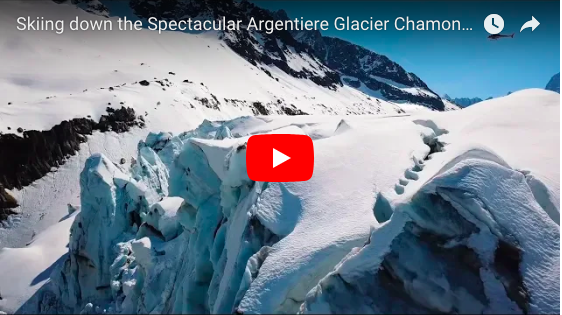The resorts that we ski and snowboard at in the winter don't disappear once the snow stops falling, and many of them are taking advantage of their infrastructure to transform themselves into outdoor playgrounds in the summer months. With plentiful lodging, quality dining and stunning mountain views, these resorts have a lot to offer a vacationer in the summer. Many offer kids programs, and activities for all ages and interest.
Check out our list of six ski and snowboard resorts that are worth a visit in the summer!
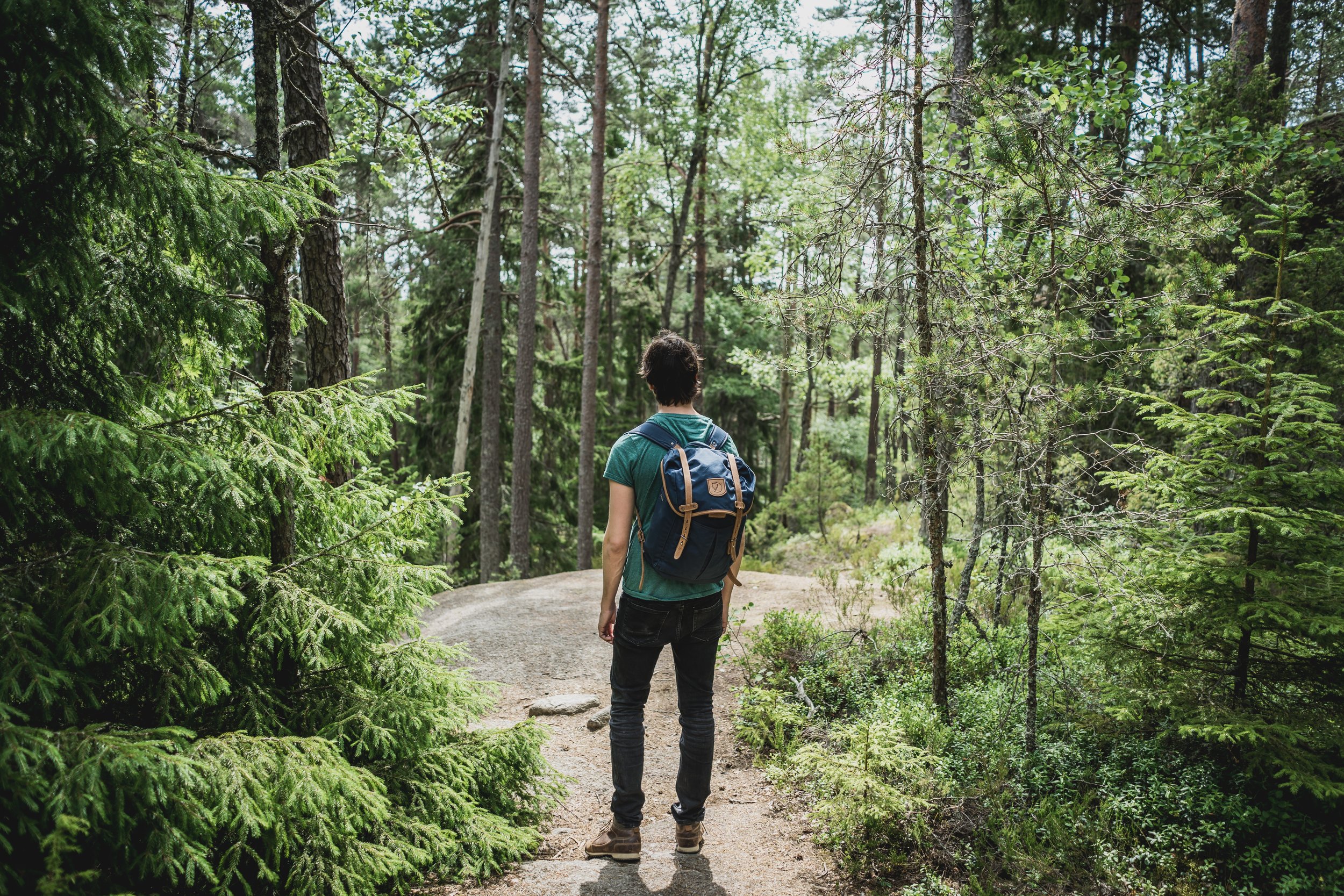
In the summer months Arapahoe Basin Ski Area turns into a hub for outdoor activity. With hiking, mountain biking, and sun-deck yoga all available, A-Basin is a great place to enjoy what the mountains have to offer in the warmer months as well. See their whole summer schedule here.
Check out: their Saturday concert series
Photo by Patrick Schneider on Unsplash
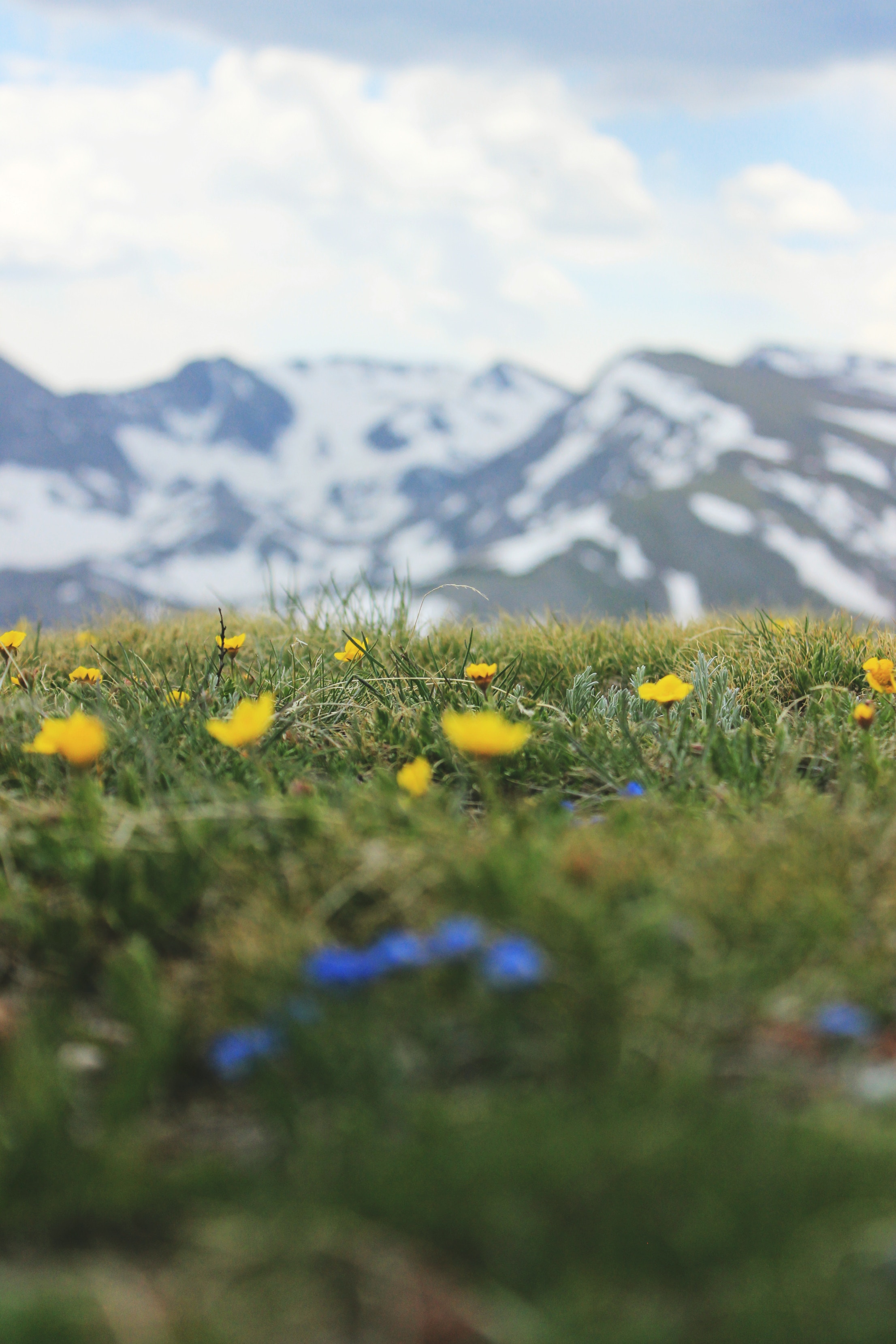
Aspen has a ton to offer in the summer. You can find a wide variety of outdoor programming that takes advantage of Aspen’s stunning scenery. From the Snowmass’ mountain bike park, to guided horse back riding and fishing, Aspen has something to offer for everyone, especially when you consider the world class culture on offer. Throughout the summer, Aspen hosts a myriad of cultural events that bring in talent from around the world. Learn more about Aspen’s culinary, musical, and intellectual events here, and read about all of Aspen Snowmass’ summer programming here.
Check out: the Lost Forest Ropes Course.
Photo by Jessica Fadel on Unsplash
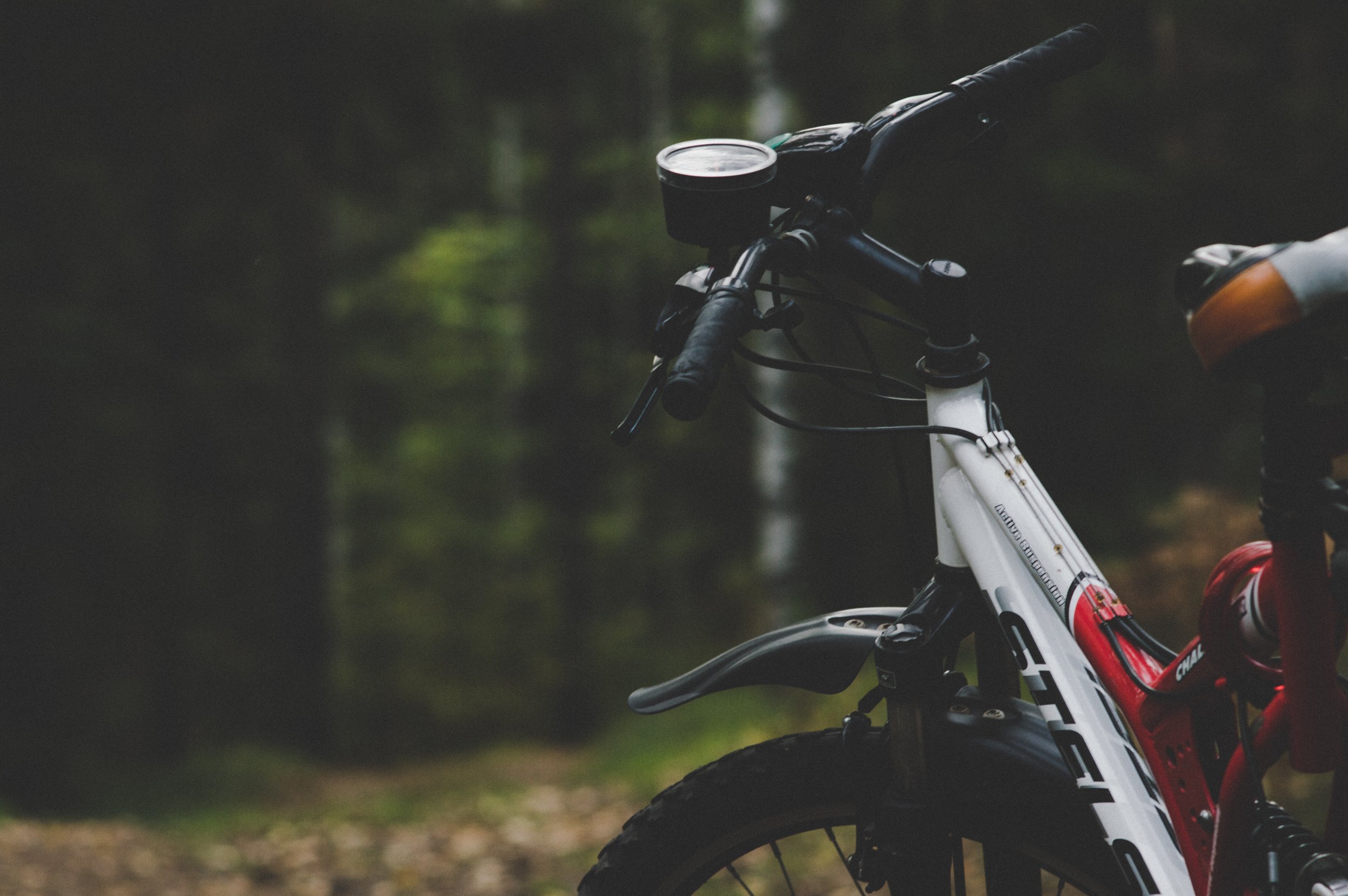
Breckenridge really does it up in the summer. The town is surrounded by river, mountains and forests to explore, and they want to make them as accessible as possible.
“There are 100+ miles you can explore on two legs, 2 wheels, 4 wheels or horseback… our Breckenridge summer is packed with festivals, concerts, competitions and celebrations.”
Read about their summer activities, from mountain biking, to river rafting, here.
Check out: the alpine slide!
Photo by Daniel Spase on Unsplash

Crested Butte is one of the most scenic mountain towns in Colorado - which is saying something. Tucked into the mountains, it is a wildflower mecca in the summer.
There are many options to get out and explore the landscape in the summer, and town offers unique dining experiences, a summer concert series, and a quirky mountain town vibe. Learn more here.
Check out: their disc gold course, recently named one of the top 25 courses in America.
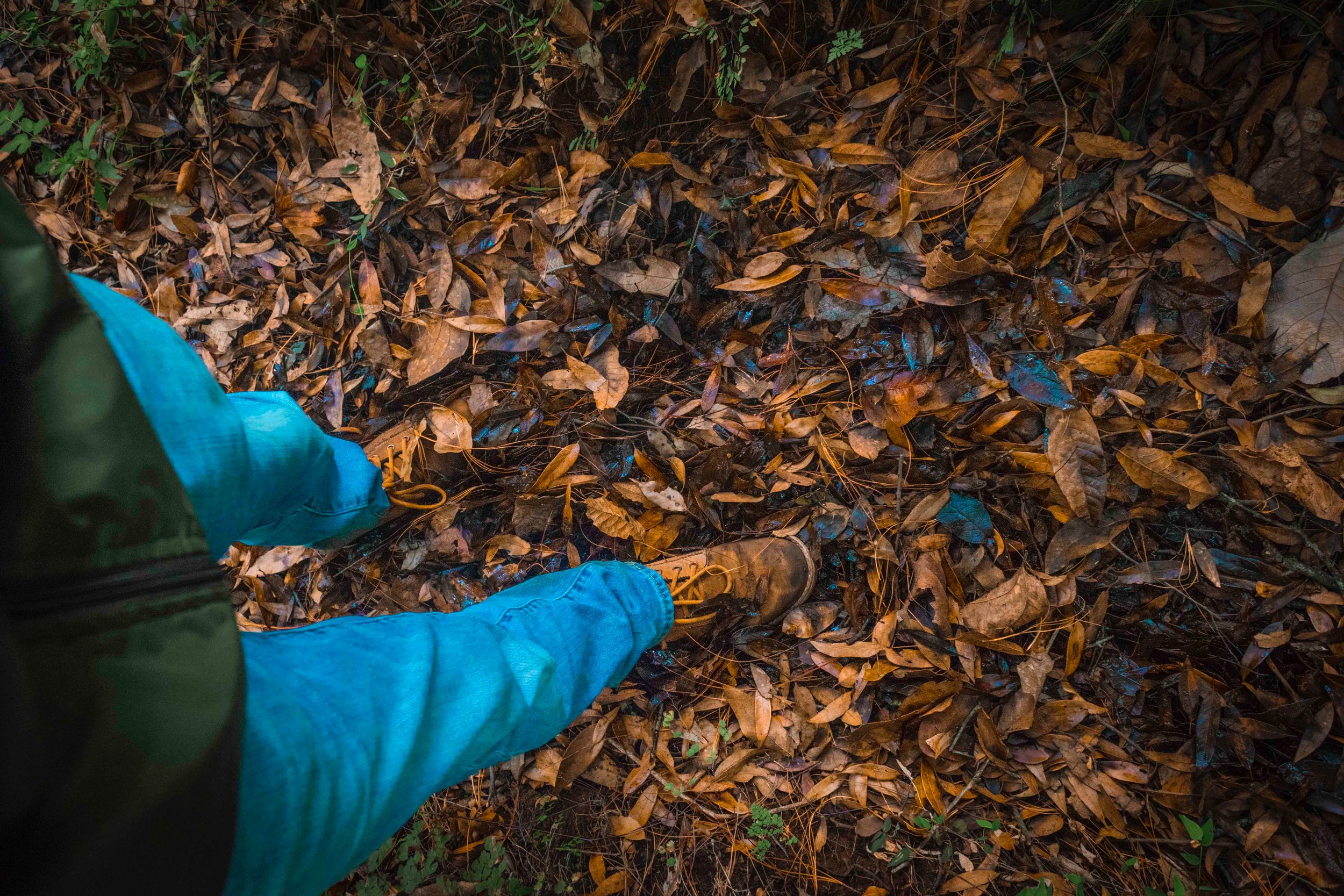
Killington Ski Resort is another mountain that puts in the effort for its summer programming. Explore the green mountains, on foot or on wheel, or simply relax and try some golf or sample some of the fine food and wine available in town - all within a cozy New England setting. Learn more about Killington’s summer program, here.
Check out: the “Wrecktangle” a Ninja-Warrior style ropes course.
Photo by Fredy Chavez on Unsplash
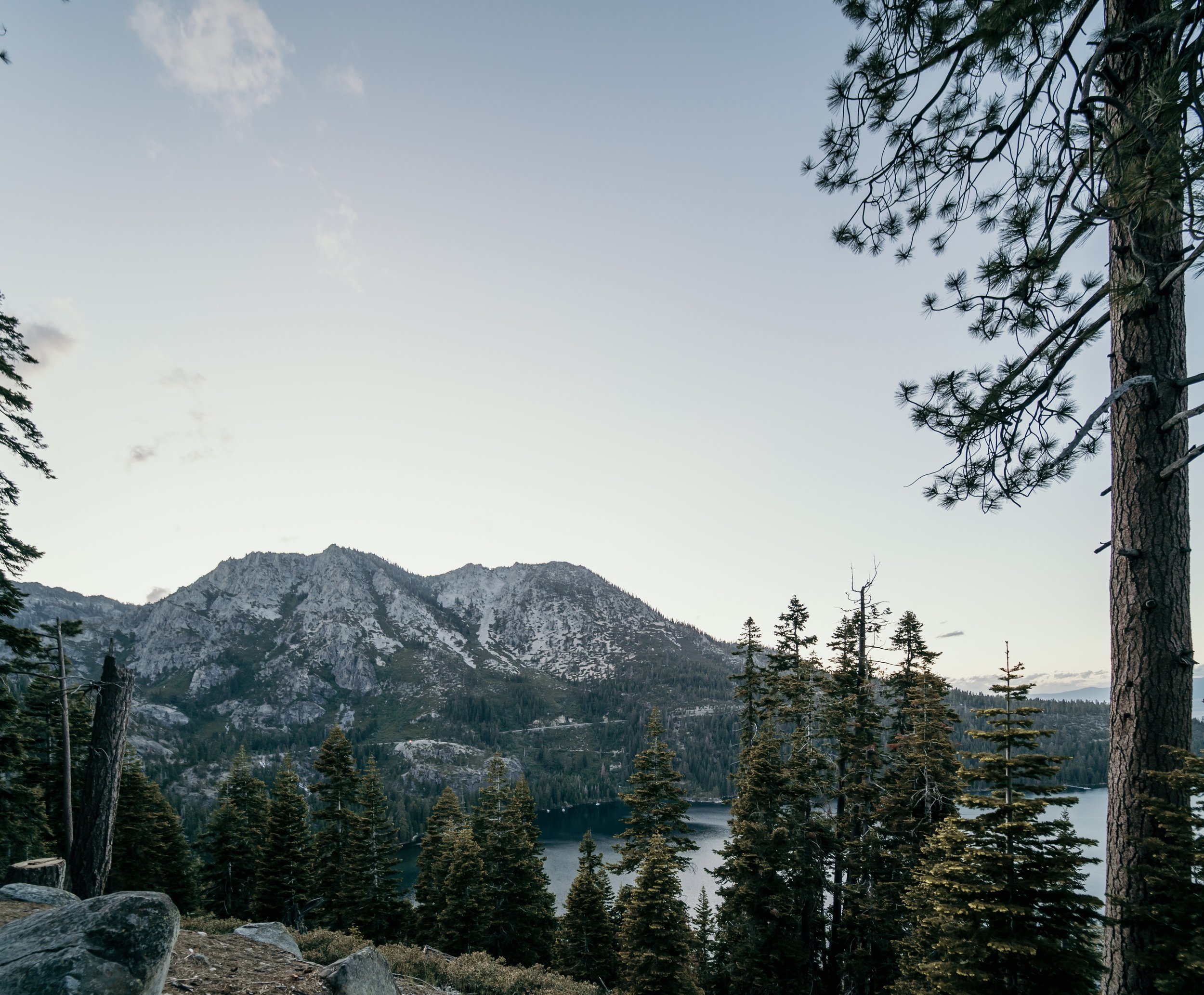
Squaw Valley Alpine Meadows has more to offer in the summer than most ski and snowboard resorts, because it has something most others do not: proximity to beaches! Whether you want to go geocaching in the Sierras or read a book on the beach, Lake Tahoe has you covered.
Squaw organizes yoga, disc golf, slacklining and an outdoor music series. Learn more about their programming, here.
South Tahoe itself has even more to offer from adventure sports to cultural events. Learn more here.
Check out: Squaw’s Outdoor Summer Movie Series
Photo by Cristofer Jeschke on Unsplash









